Understanding dashboard warning lights in your Peugeot RCZ is essential for maintaining vehicle safety and preventing costly repairs. These indicators alert you to potential issues ranging from minor maintenance needs to critical failures that could lead to breakdowns or accidents. By recognizing and responding promptly, you can ensure smooth operation and extend the lifespan of your car.
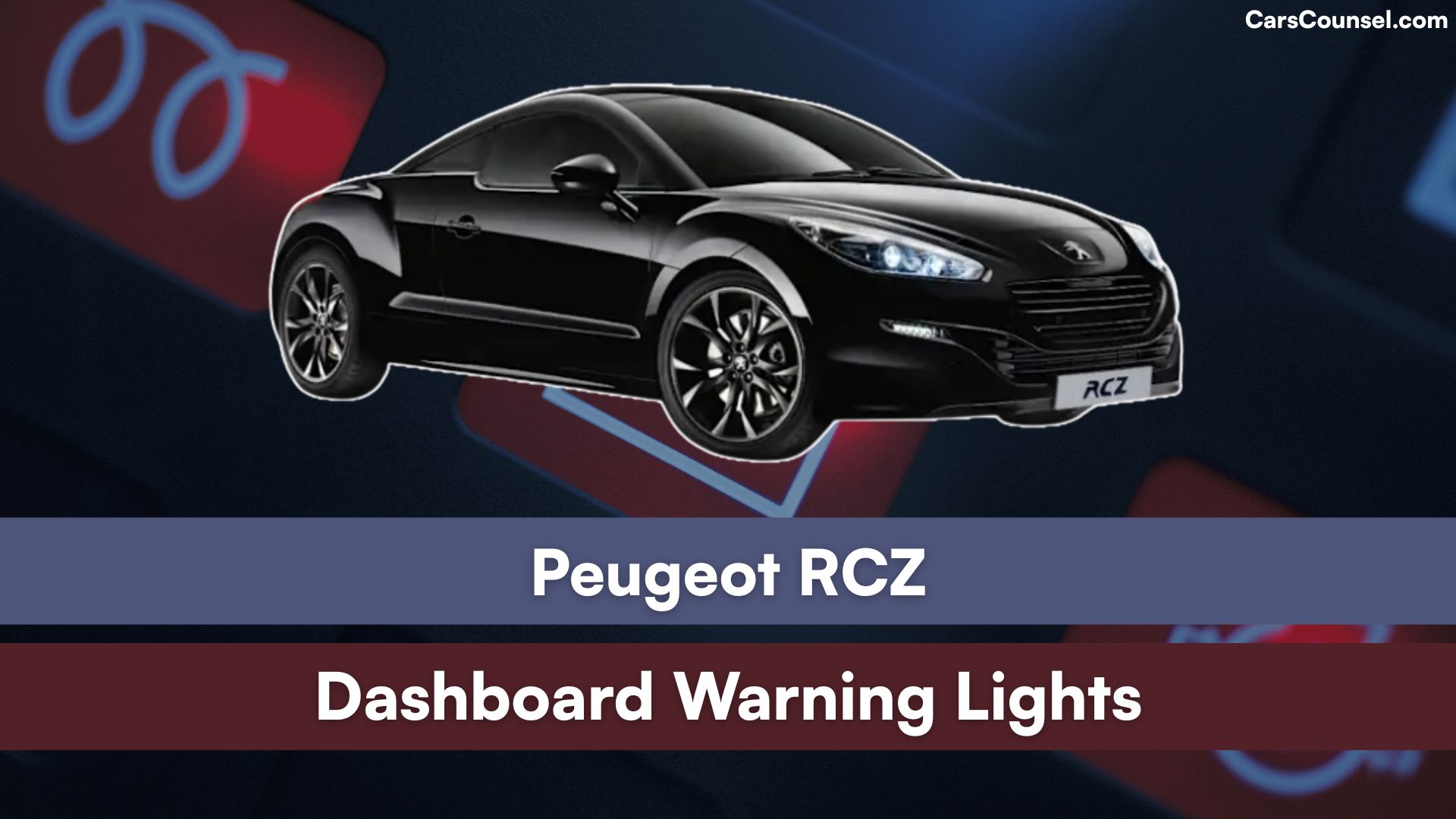
Quick Navigation
Red Warning Lights (Stop Immediately)
Engine Oil Pressure

This light signals low oil pressure, which can cause engine damage from lack of lubrication. Possible causes include low oil levels or a faulty pump. Stop the car safely, turn off the engine, check the oil level, and add oil if needed; do not drive until fixed.
Brake System Alert
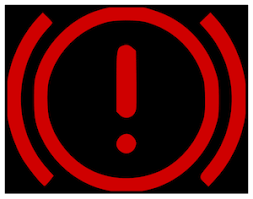
It indicates a problem with the brakes, such as low fluid or hydraulic failure. This could lead to reduced stopping power. Pull over immediately, check brake fluid, and contact a mechanic for inspection.
Coolant Temperature
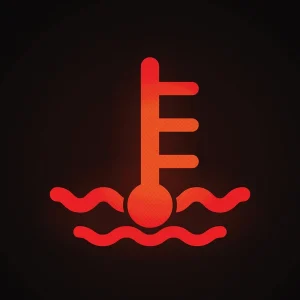
This warns of high engine temperature, risking overheating and damage. Causes might be low coolant or a cooling system leak. Stop the vehicle, let it cool, check coolant levels, and seek professional help.
Battery Charge
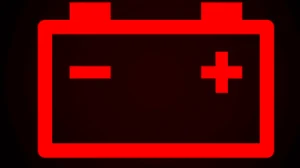
The light shows the battery is not charging properly, possibly due to a failing alternator or loose connections. This can leave you stranded. Stop driving, inspect connections, and have the system checked by a technician.
Power Steering Failure
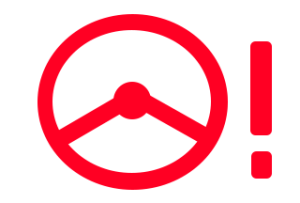
It alerts to issues in the power steering system, making steering difficult and unsafe. Common causes include low fluid or electrical faults. Stop immediately and arrange for towing to a service center.
Airbag System
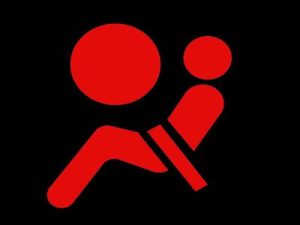
This indicates a fault in the airbag setup, meaning it might not deploy in a crash. Possible issues include sensor problems or wiring damage. Stop and have it inspected at a garage right away.
Seatbelt Reminder
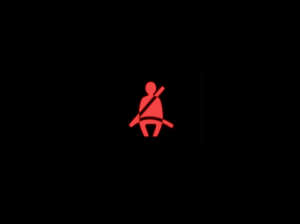
It flashes if a seatbelt is unfastened while driving, increasing injury risk in accidents. Ensure all passengers buckle up before continuing.
Door Ajar
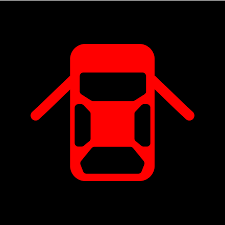
This light means a door is not fully closed, which could be dangerous at speed. Stop, check all doors, and secure them properly.
Engine Overheat
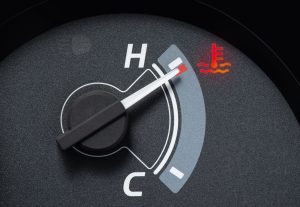
Similar to coolant but specific to extreme heat buildup. Causes include radiator issues. Pull over, shut off the engine, and wait for it to cool before adding coolant.
Transmission Fault

It signals a serious transmission problem, like overheating or fluid loss, affecting gear shifts. Stop the car and have it towed to avoid further damage.
ABS Failure
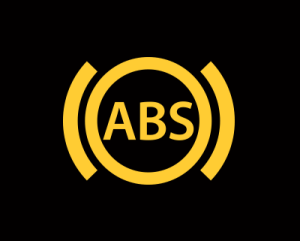
This warns of anti-lock brake system malfunction, reducing control during hard braking. Stop safely and get it serviced immediately.
Low Brake Fluid

Indicates insufficient brake fluid, compromising braking efficiency. Pull over, top up fluid if possible, and visit a mechanic.
Parking Brake Engaged
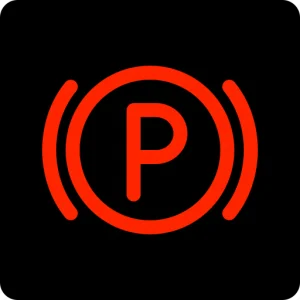
It shows the parking brake is on while driving, which can overheat brakes. Stop and release it fully.
Electrical System Fault
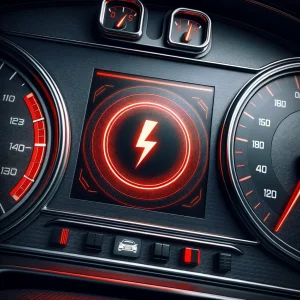
Signals a major electrical issue, potentially affecting multiple systems. Stop and seek immediate professional diagnosis.
Yellow/Amber Warning Lights (Action Required Soon)
Check Engine
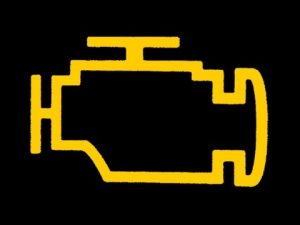
This light points to an engine issue, such as emissions problems or sensor faults. It could affect performance. Schedule a diagnostic check at a service center soon.
Tyre Pressure Monitoring
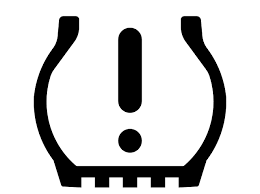
It warns of low pressure in one or more tires, leading to poor handling or blowouts. Check and inflate tires to the recommended level as soon as possible.
ESP Stability Control
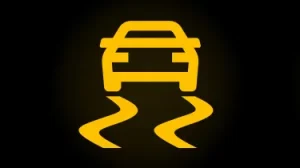
This signals a fault in the electronic stability program, reducing traction control. Drive carefully and have it inspected.
Glow Plug (Diesel Preheat)
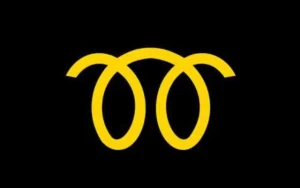
For diesel models, it shows the engine is preheating; if it stays on, plugs may need replacement. Wait for it to turn off before starting, or service if persistent.
Diesel Particulate Filter (DPF)
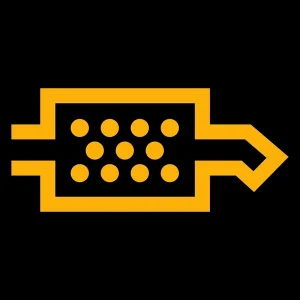
Indicates the filter is clogged and needs regeneration. Drive at higher speeds for 10-20 minutes or visit a garage if it persists.
Service Reminder
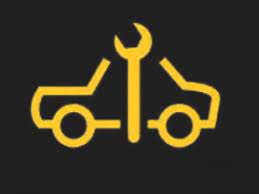
This alerts to a minor fault or upcoming maintenance, like low screen wash. Check the message and address it soon.
Low Fuel
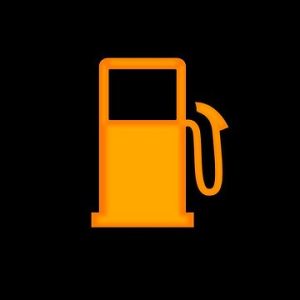
Warns that fuel is running low, risking a stall. Refuel at the next station to avoid being stranded.
Transmission Temperature
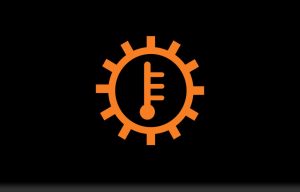
Signals high transmission fluid temperature, possibly from heavy use. Allow it to cool and check fluid levels soon.
Brake Pad Wear
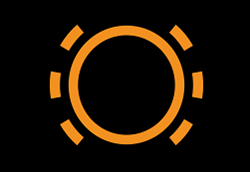
This means brake pads are worn thin, reducing stopping power. Replace them at a service center promptly.
Eco Mode Active Fault
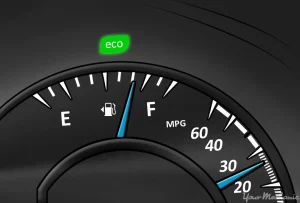
If eco mode isn’t functioning properly, it might affect fuel efficiency. Have the system checked during your next service.
Lane Departure Warning
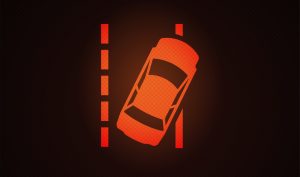
Alerts to a fault in the lane assist system. Drive attentively and get it repaired.
Green Warning Lights (Information Only)
Direction Indicators
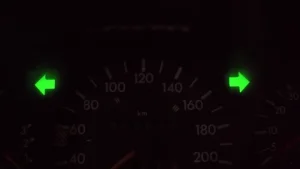
These flash to show left or right turn signals are active. No action needed unless they fail to turn off.
Sidelamps On

Indicates the side lights are illuminated for low visibility. They turn on automatically or manually.
Dipped Beam Headlamps

Shows the low beam headlights are in use, providing standard night driving visibility.
Main Beam Headlamps

This confirms high beam headlights are active for better distance view. Dip them for oncoming traffic.
Rear Fog Lamp

Indicates the rear fog light is on to improve visibility in fog. Turn off when conditions clear.
Hazard Warning Lamps

Flashes when hazards are activated, alerting other drivers. Use in emergencies.
Cruise Control Active
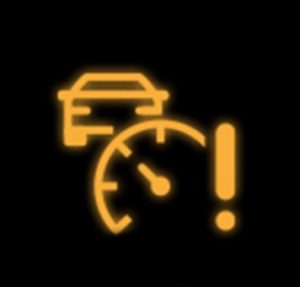
Shows cruise control is set and maintaining speed. Adjust as needed via controls.
Automatic Headlights
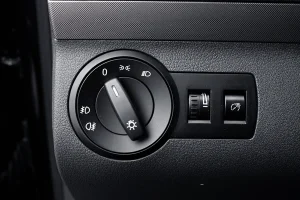
Indicates auto light mode is active, turning lights on/off based on conditions.
Parking Lights

Confirms parking lights are on when the vehicle is stationary.
Gear Shift Indicator
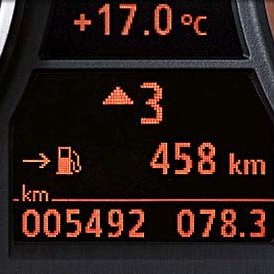
Suggests optimal gear for fuel efficiency. Shift as recommended.
Stop-Start System
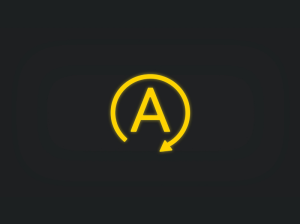
Shows the engine auto stop-start is functioning to save fuel at idle.
Speed Limiter Active
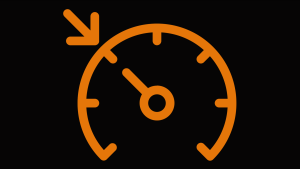
Confirms the speed limiter is set, preventing exceeding a chosen speed.
When looking at Peugeot, make sure to check out our guides on models like the Peugeot 408, Peugeot Expert Tepee, Peugeot 5008, and Peugeot 508. Understanding dashboard warning lights is essential. Our expert reviews break down what each light means, highlighting common alerts for these models and what they could signal about underlying issues, so you’re never left guessing behind the wheel.

